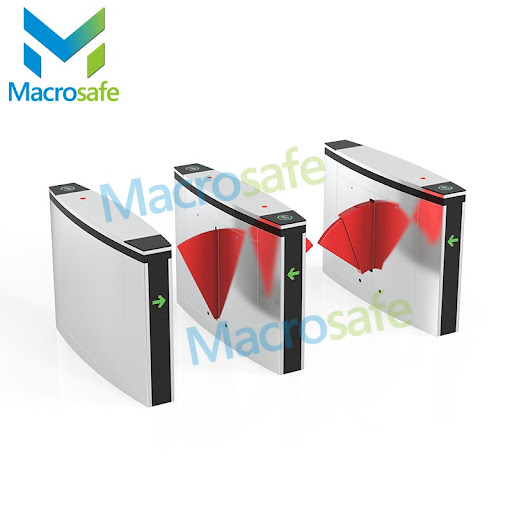For any business that offers tickets, an automatic fare collection system (AFC) can be a great asset. An AFC helps reduce the time and effort it takes to collect fares, streamline processes, and offer customers a better experience. Here’s a look at how AFC systems work, their benefits, and the challenges they face.
1.How AFC(Automatic Fare Collection) Works
An automatic fare collection system is an electronic payment system that enables ticket buyers to purchase tickets using cash or credit cards without having to wait in line. This system allows customers to pay for tickets quickly and securely with minimal human interaction. Additionally, an AFC system can track customer usage data so businesses can better understand customer behavior and preferences.
2.Benefits of AFC Systems
The most obvious benefit of an AFC system is its efficiency. By reducing the amount of time customers spend waiting in line or making payments manually, businesses can maximize customer satisfaction while minimizing their own labor costs.
Second, collecting data on customer purchases allows businesses to gain valuable insights into customer behavior and preferences which can be used to inform future marketing efforts.
Additionally, an AFC system integrated with flap barriers far speed up the access control process and improve security. Flap barriers are automated doors that open and close according to ticket validity, providing higher security for customers and businesses alike. This allows customers to move through security checkpoints quickly while ensuring that only authorized individuals can access a certain area or premises.
Finally, an AFC system also ensures that all transactions are secure as it uses encryption technology to protect sensitive information from being stolen or misused by third parties. This helps businesses provide a safe and secure experience for their customers, making them more likely to return.
3.Challenges of AFC Systems
One of the main challenges with implementing an AFC system is cost. While these systems typically have a high initial investment cost due to installation fees, hardware and software requirements, they often end up saving money in the long run by reducing labor costs associated with manual ticket sales.
Another challenge is integrating the system within existing infrastructure; this process requires careful planning and execution in order for it to work effectively without disrupting other operations or creating security risks.
Finally, there’s always the risk that customers will find flaws in the technology that could lead to fraud or misuse of funds if not properly monitored and addressed in a timely manner.
An automatic fare collection system is an invaluable tool for any business offering tickets as it eliminates manual processes and reduces labor costs while providing secure transactions for customers. Although there are some challenges associated with implementing such a system—including cost concerns, integration issues, and security risks—the benefits far outweigh any potential drawbacks if done correctly.
With its ability to streamline ticketing processes while providing detailed analytics on customer behavior and purchasing habits, there’s no doubt that an automated fare collection system could be highly beneficial for businesses looking to increase efficiency while providing customers with a better experience overall.

